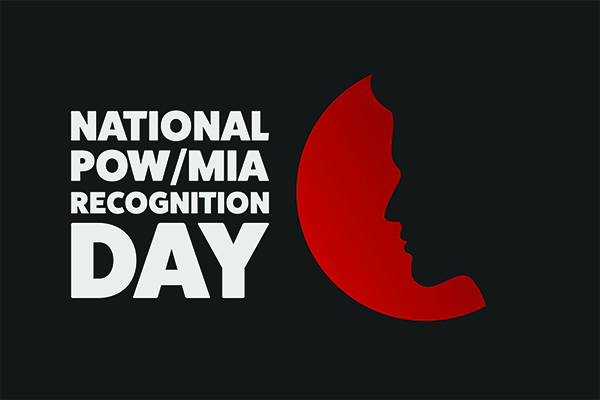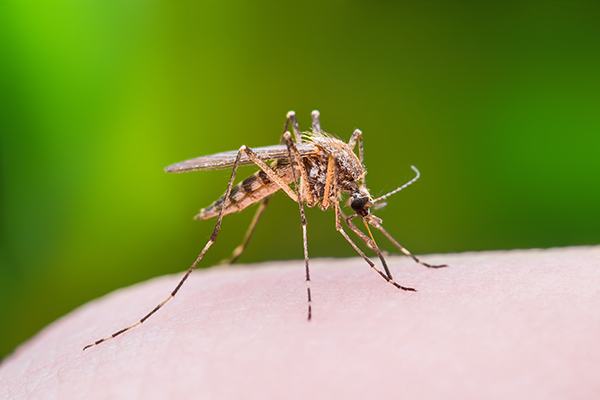While some annual events are canceled this year and others may be modified, there are still many opportunities to get outside, visit local communities, and experience something fun and different. Below are just a few samples of New England opportunities for an adventure this fall.
On October 2-3 and 9-10, Bedford, Pennsylvania’s Bedford Fall Foliage Festival will feature arts and crafts from over 400 vendors, live music, and kids’ activities, including scarecrow making and horseback riding (Bedfordfallfoliagefestival.com).
Ocean City, Maryland, will hold its annual Oktoberfest on October 23 and 24 this year with a beach maze, pet parade, “trunk or treat” driving parade, Halloween drive-in movies, and the “Great Pumpkin Race” (OCOceancity.com).
The Sea Witch Festival, held annually for 31 years in Rehoboth Beach, Delaware, includes hayrides, vendors, scavenger hunts, a bandstand, a 5K race/walk, and more. The celebration begins on Friday, October 29, and ends on Sunday, the 31st (VisitDelaware.com).
The kickoff for Harvest on the Harbor in Portland, Maine, will be at 5:30 on Friday, November 5. The celebration known as Meet Your Maker will feature members of the Maine Distillers Guild. Participants will sample a wide variety of spirits and foods and have opportunities to meet the distillers. The events on Saturday, November 6, feature two OysterFest sessions allowing participants to sample “the choicest oysters from up and down the coast of Maine,” as well as local beers and sparkling wine (HarvestontheHarbor.com). The link below can connect you with tickets for both events.
This October, Providence, Rhode Island, will celebrate its 7th annual Ocean State Oyster Festival with live music, craft beers, and opportunities for visitors to learn about local oyster farming (Oysterfestri.com).
While the fall festivals of New England offer excellent opportunities to build fun new memories, if your time is short, you can do something as simple as taking a walk in the country. The temperate weather and the sights of the changing leaves are sure to help you escape and rejuvenate.
There’s nothing like the charm and beauty of New England in the fall. Get ready for your next road trip adventure and give Waitte’s Insurance Agency a call to be sure all of your home, auto, and other insurance needs are covered.
Bedfordfallfoliagefestival.com
CountryLiving.com
HarvestontheHarbor.com
OCOceancity.com
Oysterfestri.com
VisitDelaware.com










